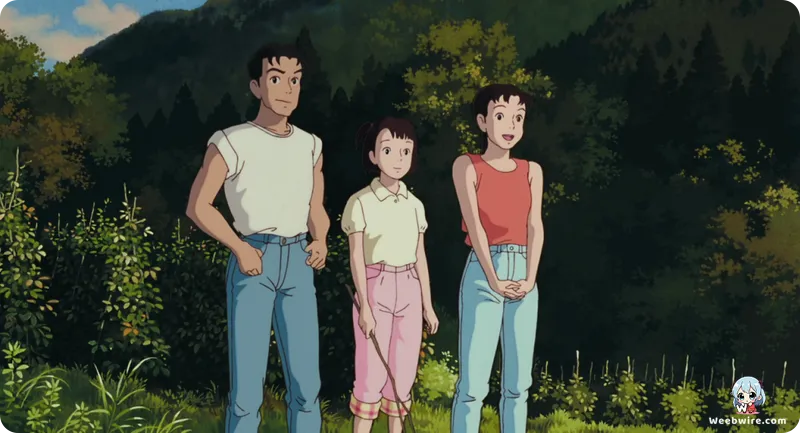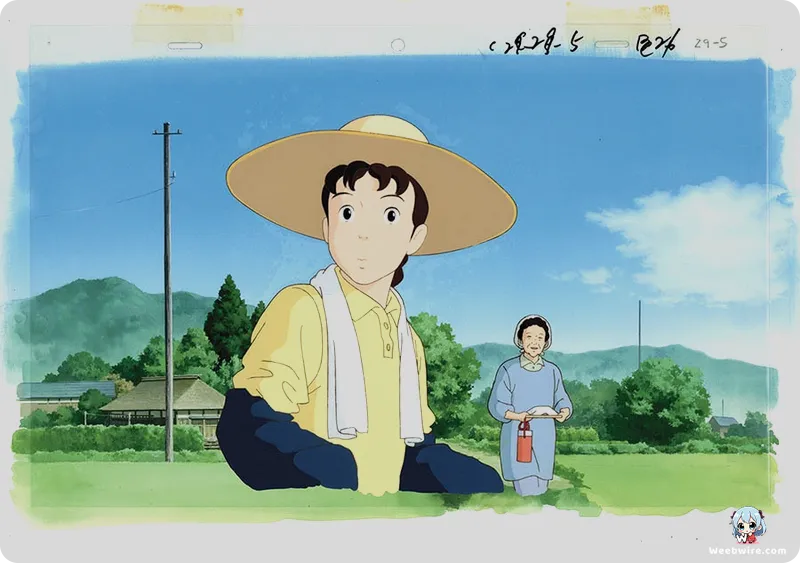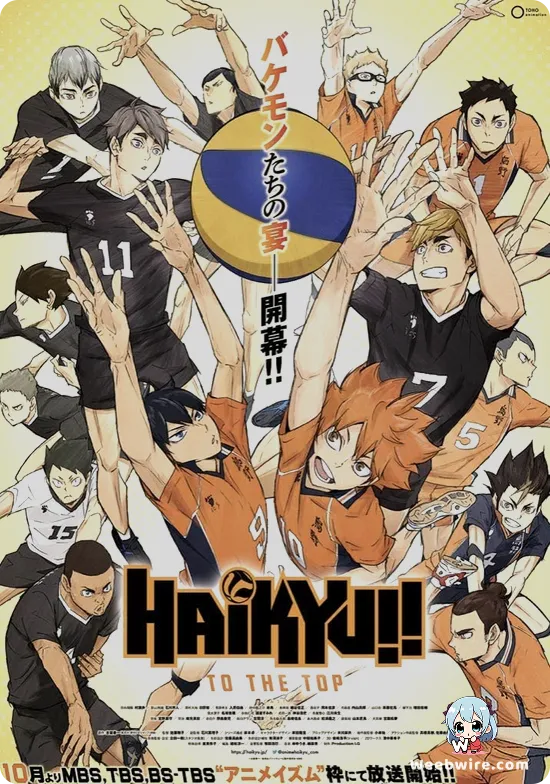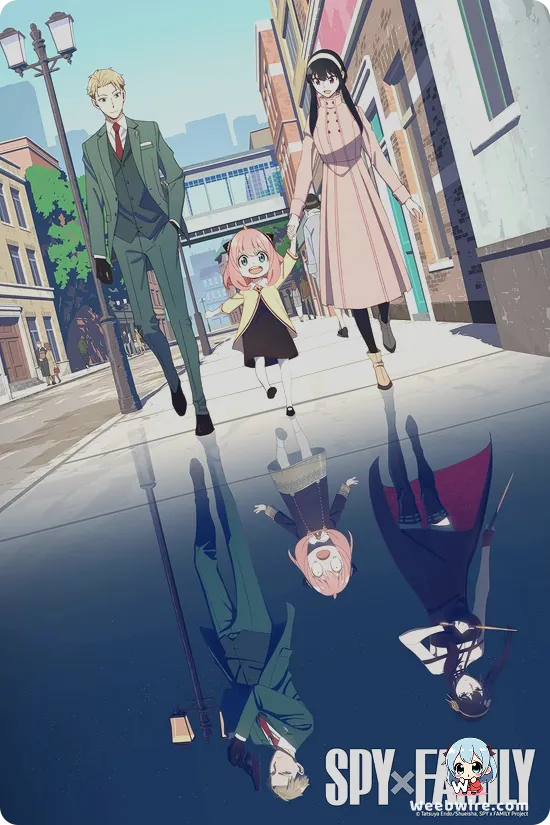Studio Ghibli's 'Only Yesterday': The Groundbreaking Masterpiece That Challenged Animation Norms

Studio Ghibli, renowned globally for enchanting narratives and breathtaking animation, also boasts a unique cinematic treasure: Isao Takahata’s 1991 masterpiece, Only Yesterday. Standing apart for its profound realism and adult introspection, this film, though perhaps less universally known than some fantastical Ghibli works, especially in the West until its belated release, is a pivotal creation. It is rich with artistic innovation and a refreshingly mature narrative that deeply resonates.
The story centers on Taeko Okajima, a 27-year-old city dweller, whose rural vacation unexpectedly unleashes a torrent of childhood memories. This dual narrative is ingeniously reflected in the film’s animation. Director Takahata, known for meticulous realism, crafted distinct visual styles: adult scenes are exquisitely detailed with lifelike expressions and near-photographic backgrounds, often animated without traditional character outlines for enhanced naturalism. In contrast, Taeko’s childhood flashbacks appear softer, brighter, and more simplified, sometimes even omitting backgrounds, a deliberate choice powerfully conveying the subjective nature of memory.

Only Yesterday significantly expands upon its source material. Based on Hotaru Okamoto and Yuko Tone's manga (1987-1988), which focused solely on childhood, Takahata boldly conceived the entire adult storyline—Taeko’s countryside journey, interactions with Toshio, and contemplation of her future—specifically for the film. This transformation elevated simple nostalgic vignettes into a cohesive, deeply reflective narrative about self-discovery and the enduring impact of one's past.
The film's mature themes and target audience were groundbreaking. Eschewing broad family appeal, Only Yesterday was explicitly crafted for adult women in their 20s and 30s, tackling anxieties like career dissatisfaction, societal expectations, and the yearning for a simpler life. This unflinching portrayal of adult realities marked it as a landmark in anime, pushing Ghibli's creative boundaries.
Takahata's dedication to authenticity is vividly showcased in the portrayal of rural Japan. The setting, Yamagata Prefecture, with its vibrant safflower (benibana) cultivation, is meticulously researched. Every detail, from agricultural practices to local dialect, ensures verisimilitude, grounding Taeko’s emotional journey. The safflower becomes a potent symbol of connection to the land and a simpler existence, mirroring Taeko’s internal conflict.
Remarkably for Western audiences, the film experienced a significant delay, not receiving an English dub and widespread North American release until 2016—a full 25 years after its Japanese premiere. Distributors reportedly worried its adult themes would not resonate. However, its eventual release by GKIDS garnered widespread critical acclaim, cementing its status as a timeless classic and introducing its profound storytelling to a new generation.
Credits
Only Yesterday
Author
Hotaru Okamoto (original manga writer), Yuko Tone (original manga artist)
Cover Art
Studio Ghibli
Studio
Studio Ghibli
Publisher
Tokuma Shoten
Producers





